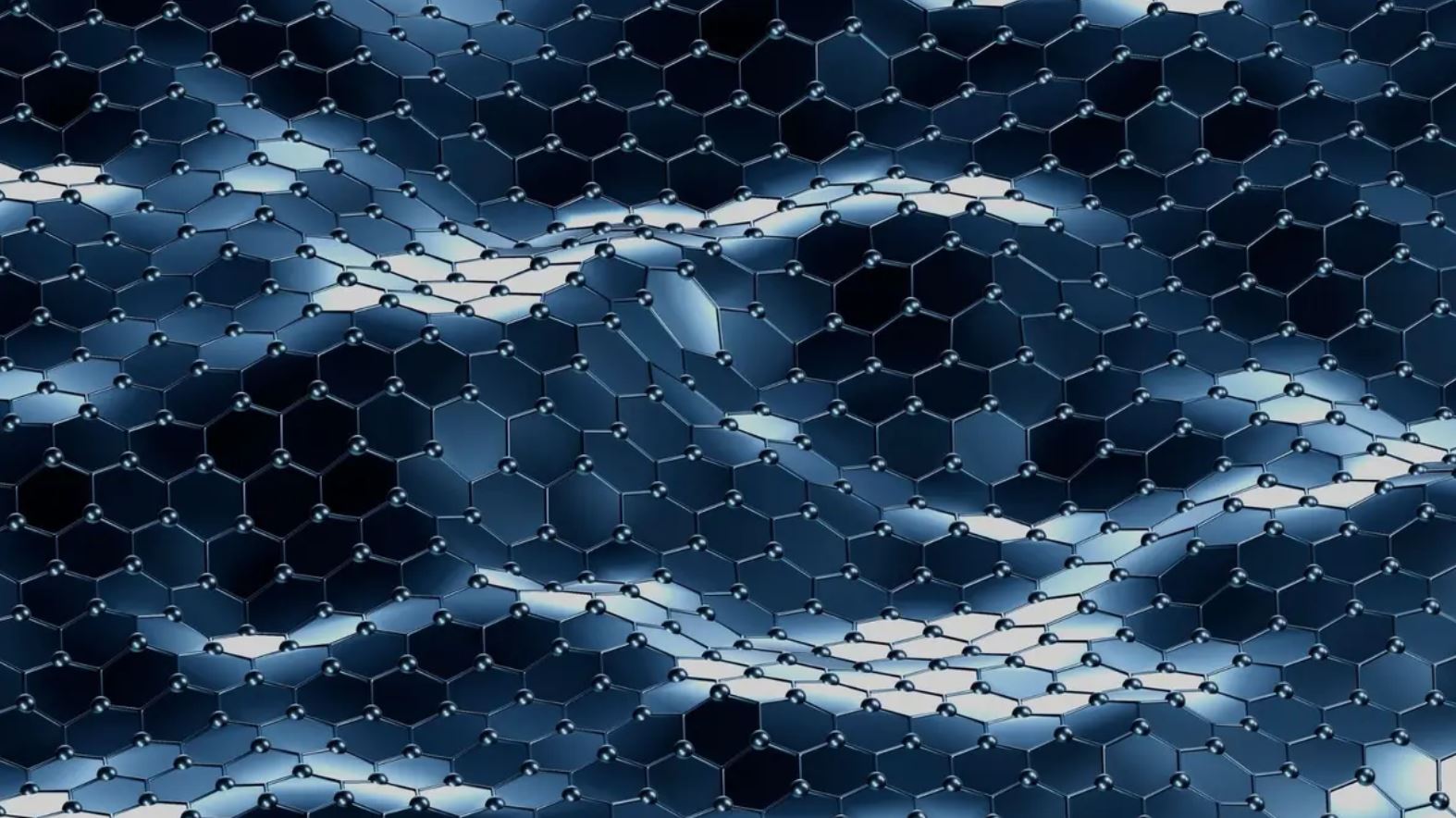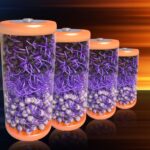 Imagine stumbling upon a scientific breakthrough while you’re focused on something else entirely. That’s exactly what happened at Princeton University, where researchers confirmed a quantum fractal pattern called Hofstadter’s butterfly. This pattern was theorized almost 50 years ago by physicist Douglas Hofstadter, but until now, it had never been seen in real materials.
Imagine stumbling upon a scientific breakthrough while you’re focused on something else entirely. That’s exactly what happened at Princeton University, where researchers confirmed a quantum fractal pattern called Hofstadter’s butterfly. This pattern was theorized almost 50 years ago by physicist Douglas Hofstadter, but until now, it had never been seen in real materials.
The discovery came about during an experiment aimed at understanding superconductivity. A small mistake led to this unexpected observation. Thanks to advances in materials science, scientists can now manipulate graphene—a single layer of carbon atoms—into structures that create moiré patterns. These patterns are similar to the interference designs you might see on fabric, providing the perfect setup to observe Hofstadter’s spectrum under a magnetic field. Ali Yazdani, a distinguished professor at Princeton, explained this fascinating process.
Yazdani’s team, including researcher Andrew Nuckolls, didn’t set out to find Hofstadter’s butterfly. “Our discovery was basically an accident,” Nuckolls said. Dillon Wong, a postdoctoral research associate, noted that their original goal was studying superconductivity. However, a slight deviation during sample creation led to the ideal conditions for revealing the fractal spectrum.
Using advanced microscopy, the team observed unusual electron energy levels, confirming the pattern. “The STM is a direct energy probe, which helps us relate back to Hofstadter’s original calculations,” said Myungchul Oh, another researcher involved in the study. While previous studies hinted at this pattern through electrical resistance measurements, using STM gave a direct visual confirmation.
This discovery not only validates the existence of Hofstadter’s butterfly but also deepens our understanding of electron interactions in complex materials. Michael Scheer, a graduate student and co-author, emphasized that this finding could significantly advance our grasp of quantum properties in topological states.
Though the immediate practical applications are still unclear, this serendipitous discovery opens up exciting new avenues for exploring quantum materials. It’s a reminder that sometimes, the most remarkable findings happen when you least expect them.








